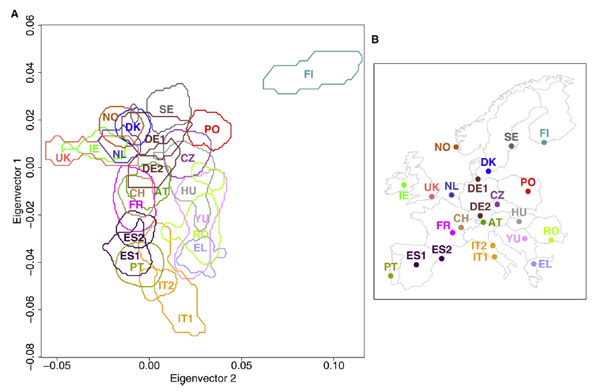 Years ago, in an undergrad course, one the of the school’s librarians gave a talk about the big risk of the move to digital publishing – historical preservation. We know what the ancient Greeks thought in part because their words were carved into stone – would we be so lucky if they had used floppy disks?
Years ago, in an undergrad course, one the of the school’s librarians gave a talk about the big risk of the move to digital publishing – historical preservation. We know what the ancient Greeks thought in part because their words were carved into stone – would we be so lucky if they had used floppy disks?
I wasn’t completely convinced that the situation was so dire then, and I’m still not really worried. The production and storage of information continues to grow exponentially, and I think the real problem for future archeologists will be dealing with information overload rather than some hypothetical gap in the written record. But I have been thinking a lot about my own digital history lately so I spent part of this weekend looking at old papers from college and publishing them on my site.
I don’t think my meager efforts will be much help to future historians (much less reverse the entropy of the universe), but I did find some interesting stuff that I probably should have posted for the world to see a long time ago.
For example:
- Seven years ago I wrote a pretty decent paper about The Internet, the Marketplace of Ideas, and the Public Sphere. Some of the issues discussed look a little different today, with so many easy options for blogging and other user-created content, but I think the overall point is still valid.
- Five years ago I encountered a Dialog, a library search system, which some of my professors from the library science field thought was the pinnacle of information retrieval. I thought Dialog was a huge pain and that relational databases were much more powerful than flat-files.
- Ten years ago I did an experiment in a cognitive psychology class on memory and bias. The paper is a bit thin (hey, I was a freshman) but the experience of researching and running a study made me consider switching my major for a little while. I still love doing research and hope to start working on a Phd in the next few years.
The more I dig up and paste into my WordPress archives the more I realize a few things. First, a distinct lack of content between undergrad and grad school – I’m doing a much better job of writing without assignments now than I did then. Second, a hard drive crash in 2003 resulted in a gap in my saved emails – this hurts more now that I’m looking back through things. Finally, I need to make a point, for the rest of my life, to just put things out there. It seems like such a shame that I put work into these docs just to have them rot on my hard drive.
I know some of my co-workers, Reid and Wysz, have gone through the process of resurrecting old content to their current website. Anyone else thinking about doing something similar? What prompted you to do so? Or, what prevented you?

